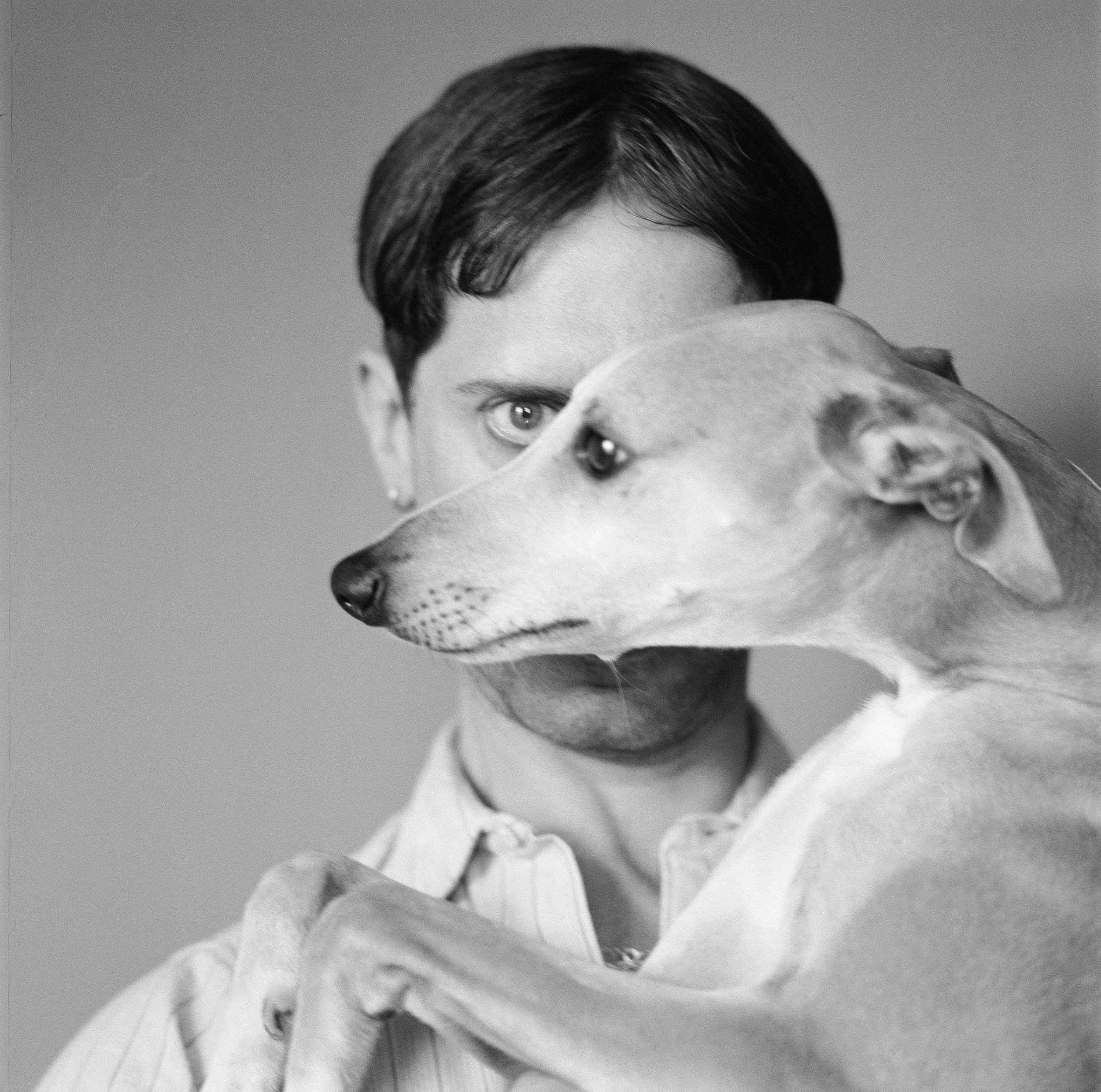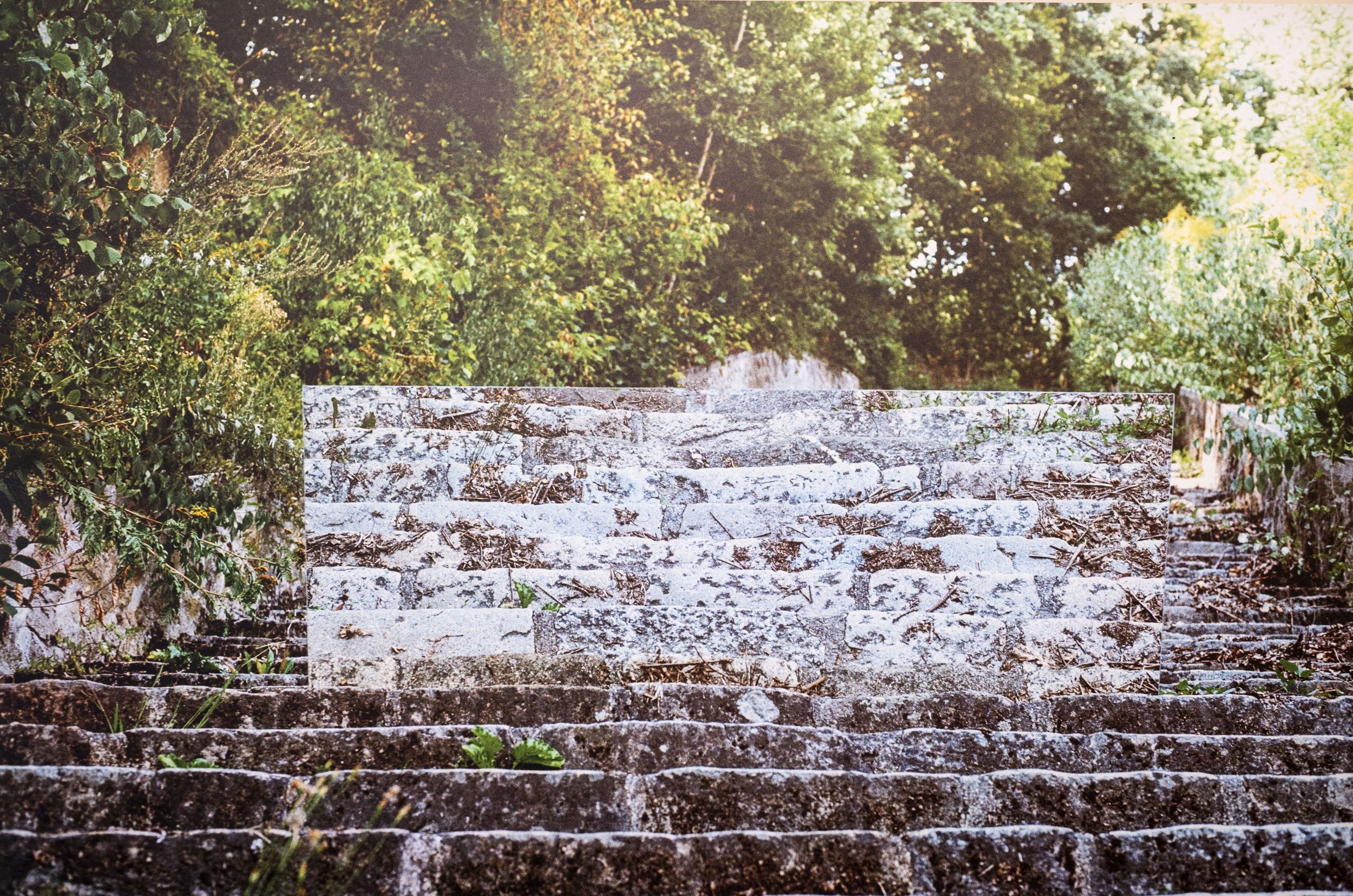
American Stories - Christian Anwander | FLATZ Museum – Zentrum für Photographie | Dornbirn
FLATZ Museum – Zentrum für Photographie | Dornbirn
8. November 2024 – 1. März 2025
American Stories
Christian Anwander
Bumpy Johnson © Christian Anwander
Die Ausstellung bietet einen faszinierenden Einblick in Anwanders vielseitiges Werk: Neben seinen kommerziellen Auftragsarbeiten, die die glamouröse Welt amerikanischer Prominenter abbilden, präsentiert er auch persönliche Arbeiten. Diese umfassen Landschaftsbilder, Aufnahmen verschiedener Milieus sowie intime Porträts von Menschen am Rande der Gesellschaft. Die Werke erzählen Geschichten, die den Eindruck von aufeinanderprallenden Welten vermitteln, die gegensätzlicher nicht sein könnten, und dennoch eine harmonische Einheit bilden. Es entsteht ein spannendes Wechselspiel zwischen Schein und Sein.
Daft Punk © Christian Anwander
L'exposition offre un aperçu fascinant de l'œuvre variée d'Anwander : outre ses travaux de commande commerciaux, qui représentent le monde glamour des célébrités américaines, il présente également des travaux personnels. Ceux-ci comprennent des paysages, des prises de vue de différents milieux ainsi que des portraits intimes de personnes en marge de la société. Les œuvres racontent des histoires qui donnent l'impression de mondes qui s'entrechoquent et qui ne pourraient pas être plus opposés, tout en formant une unité harmonieuse. Il en résulte une interaction passionnante entre l'apparence et la réalité.
Charlotte Lawrence © Christian Anwander
La mostra offre uno sguardo affascinante sul lavoro poliedrico di Anwander: oltre alle commissioni commerciali, che ritraggono il mondo glamour delle celebrità americane, l'artista presenta anche opere personali. Queste includono paesaggi, immagini di ambienti diversi e ritratti intimi di persone ai margini della società. Le opere raccontano storie che trasmettono l'impressione di mondi contrastanti che non potrebbero essere più contraddittori e che tuttavia formano un insieme armonioso. Il risultato è un'emozionante interazione tra apparenza e realtà.
Abbey Lee © Christian Anwander
The exhibition offers a fascinating insight into Anwander's diverse work: alongside his commercial work, which depicts the glamorous world of American celebrities, he also presents personal work. These include landscapes, shots taken in a variety of settings, and intimate portraits of people on the fringes of society. The works tell stories that create the impression of clashing worlds that could not be more different, yet form a harmonious unity. An exciting interplay between appearance and reality emerges.
(Text: FLATZ Museum – Zentrum für Photographie, Dornbirn)
















